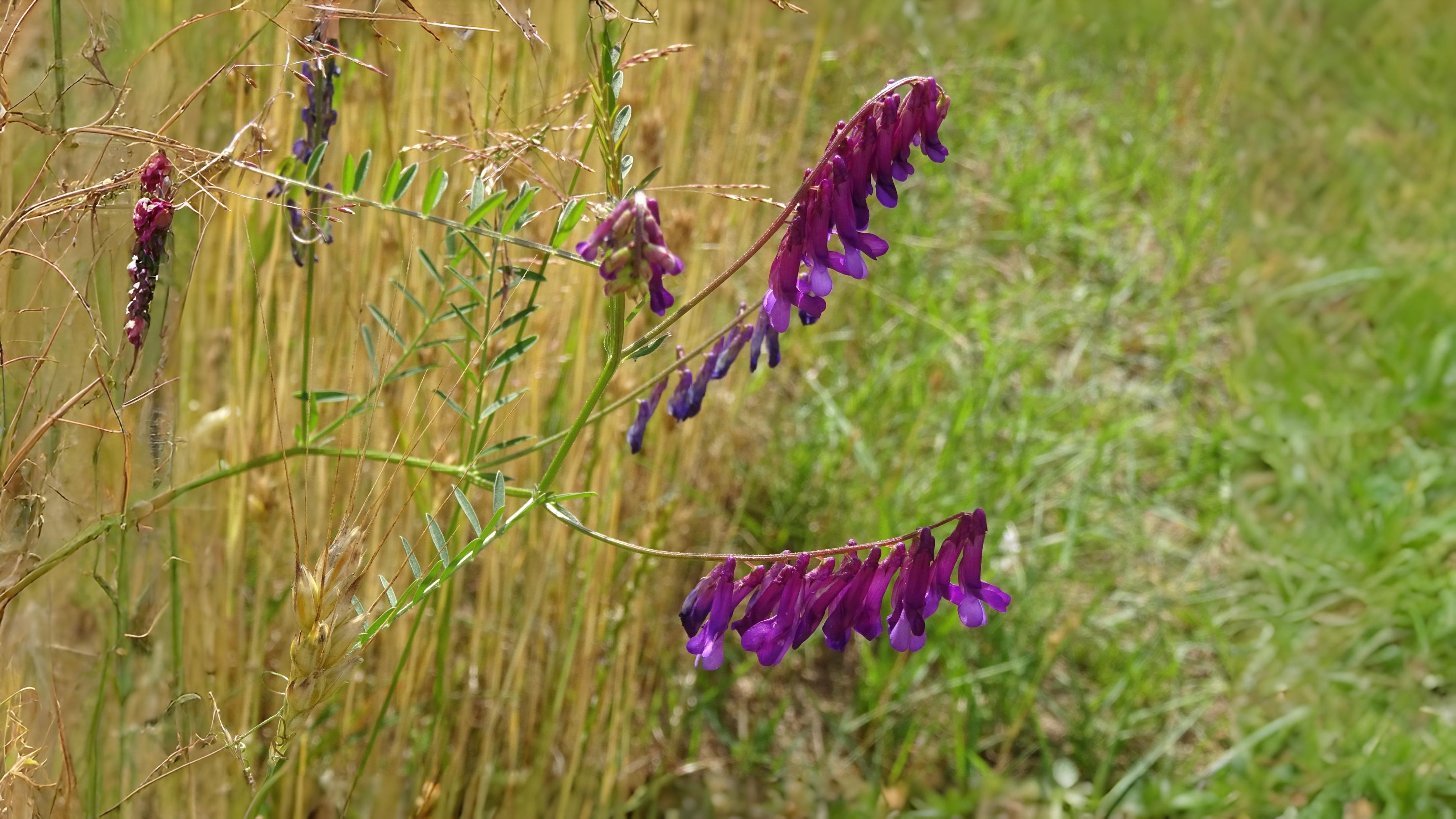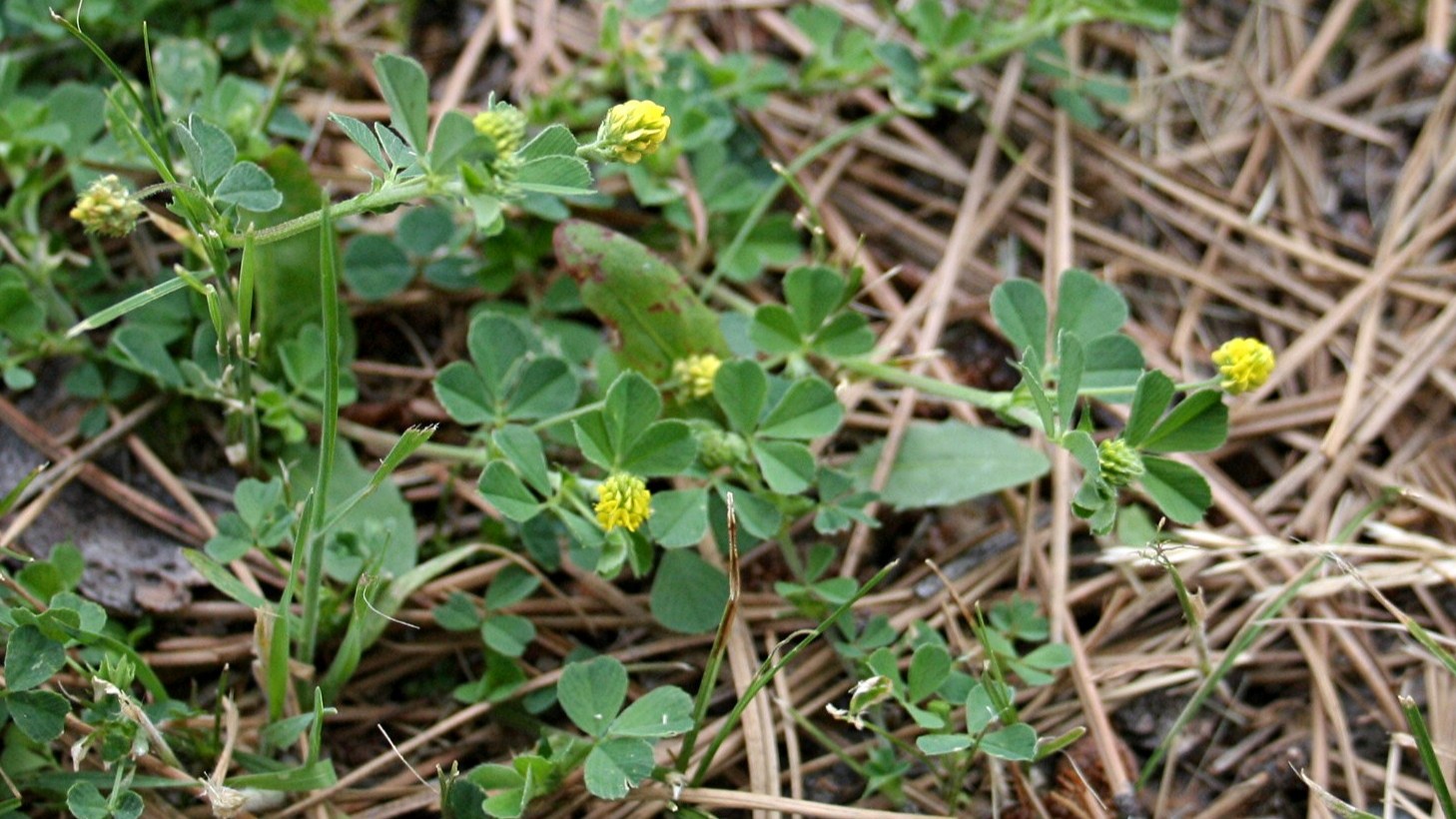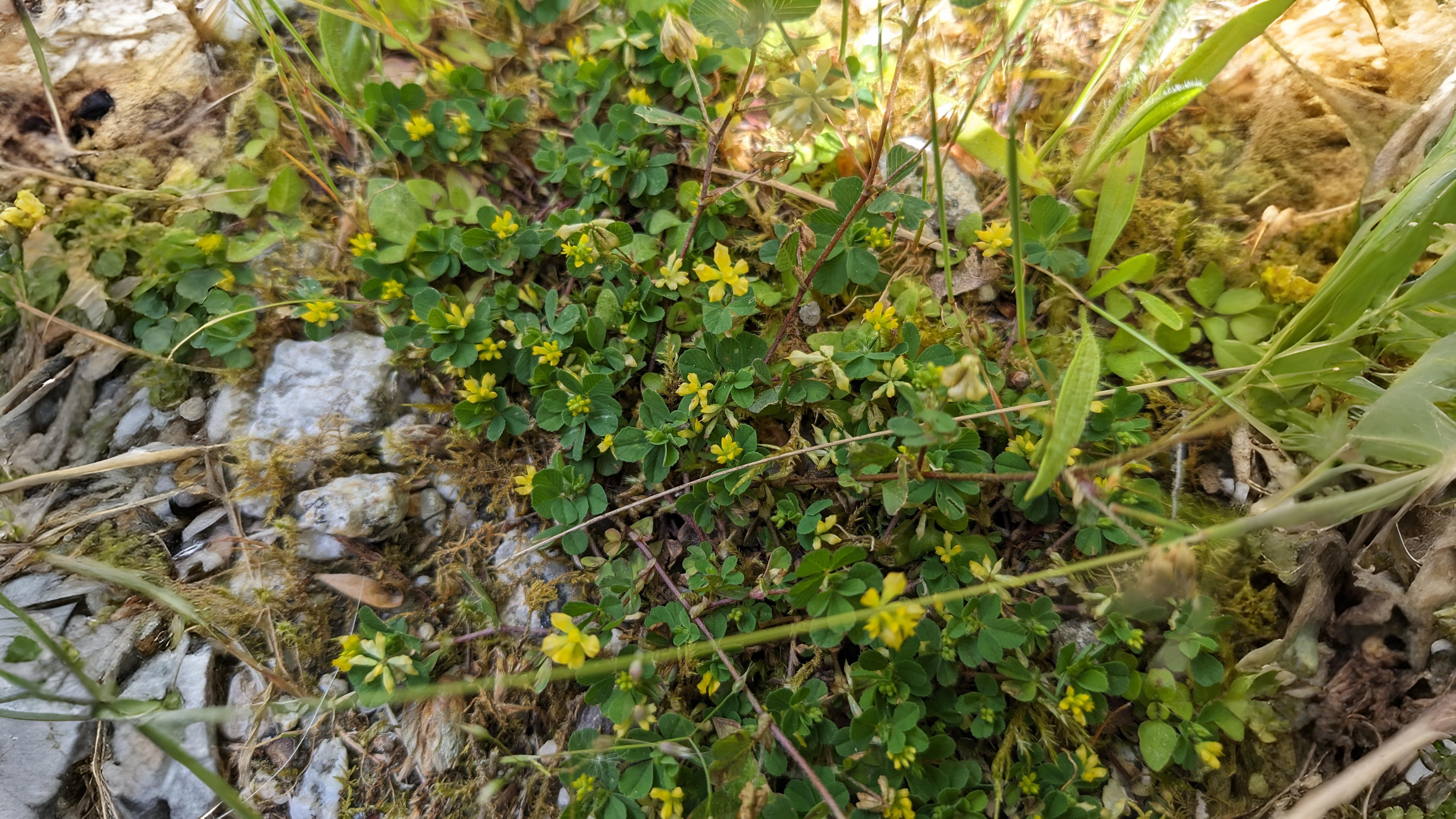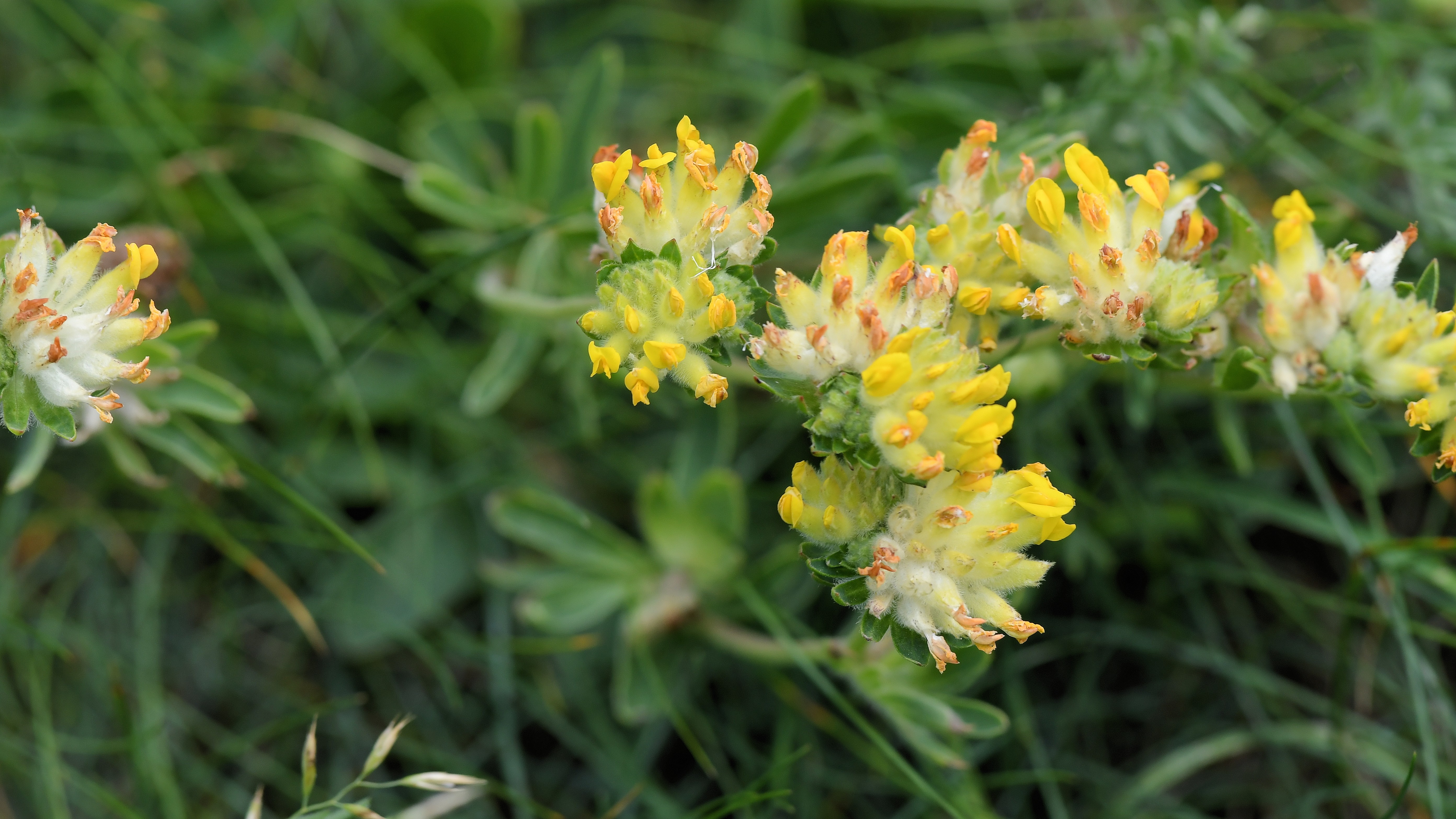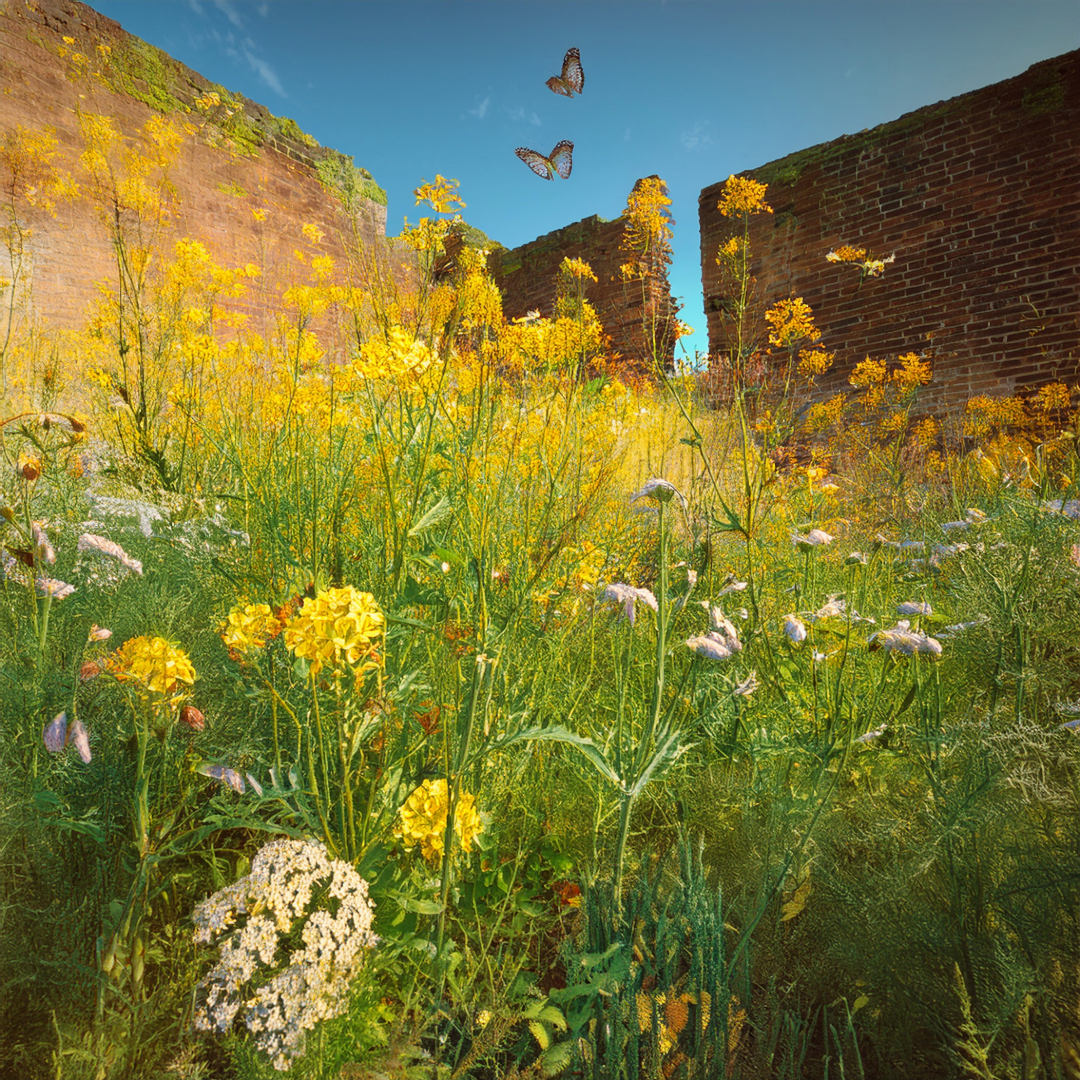
Meanwhile, pea flowers weave their magic: from shamrocks hiding in your lawn to kidney vetch's woolly "lamb toes" that once graced funeral shrouds. Why did these blooms vanish from our chalk downs - and with them, the blue butterflies they sustained?
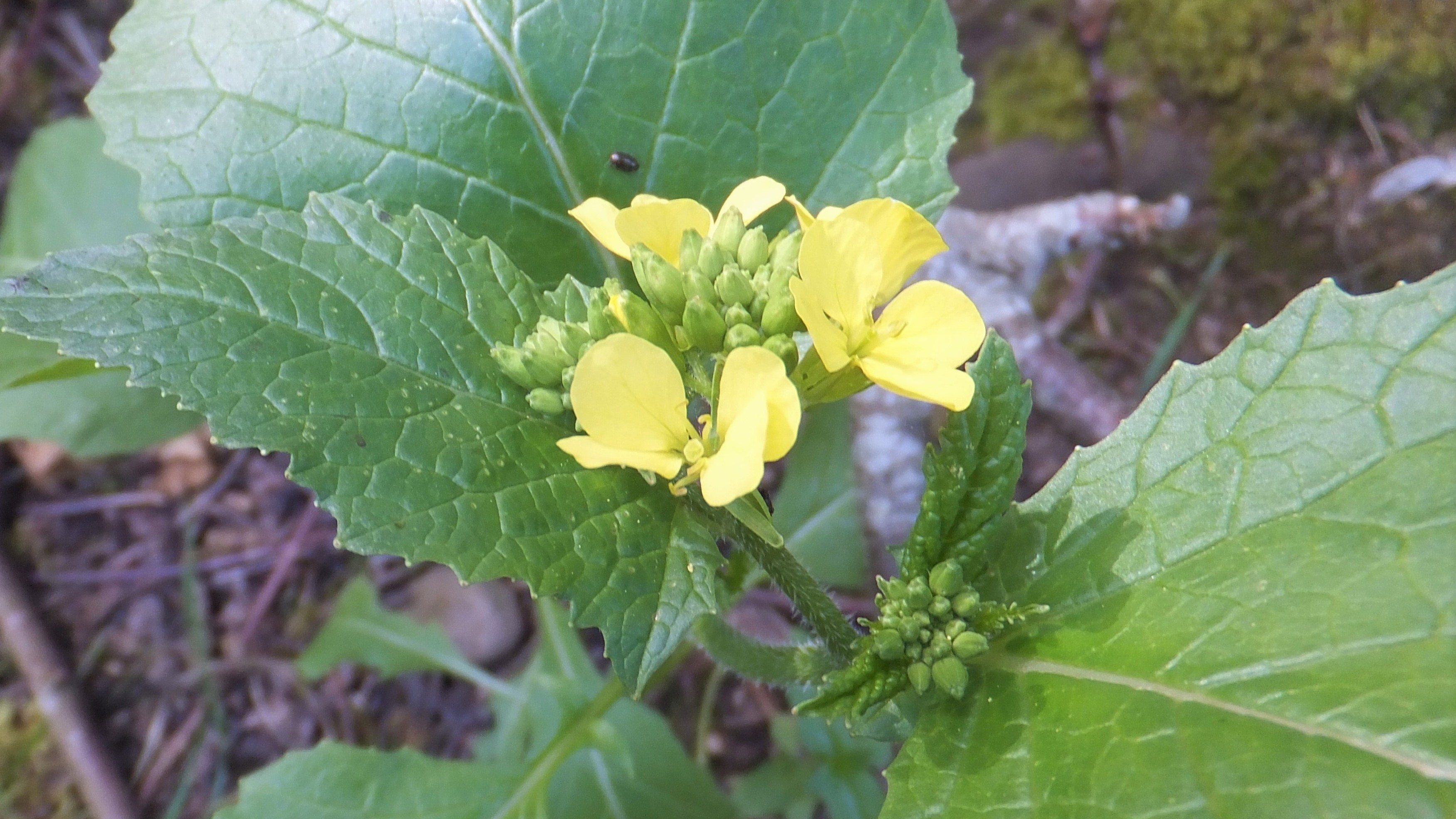

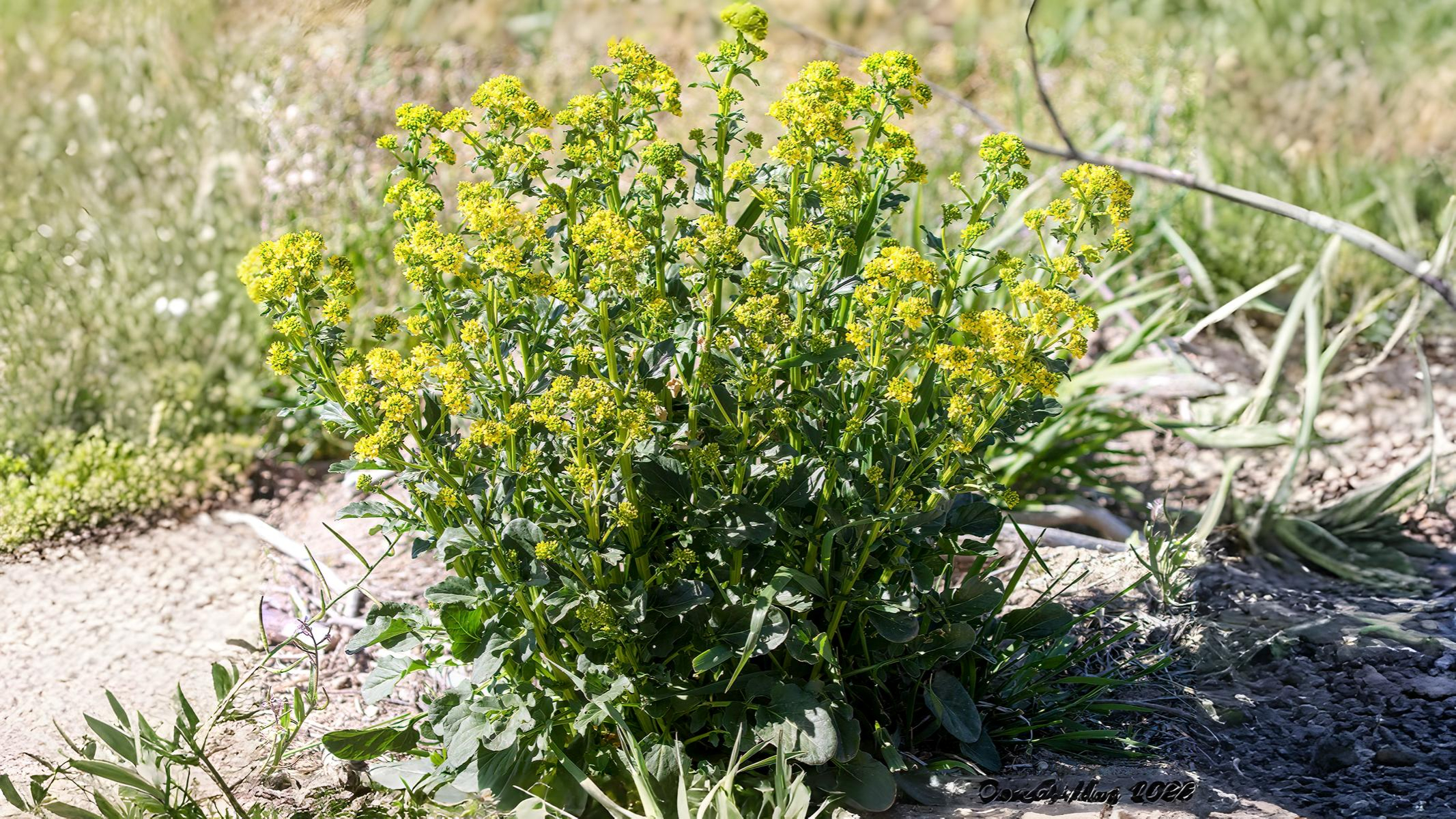

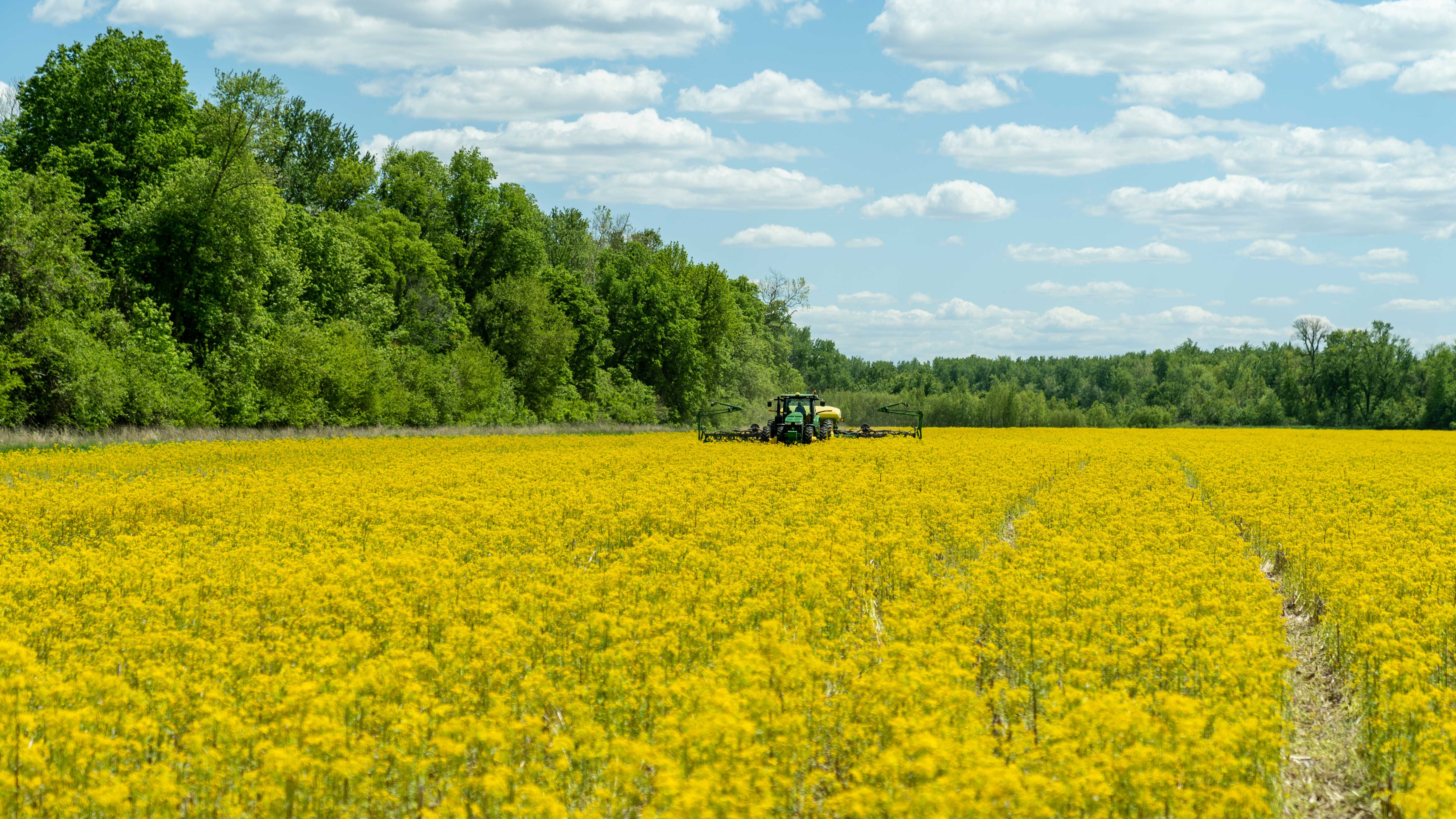

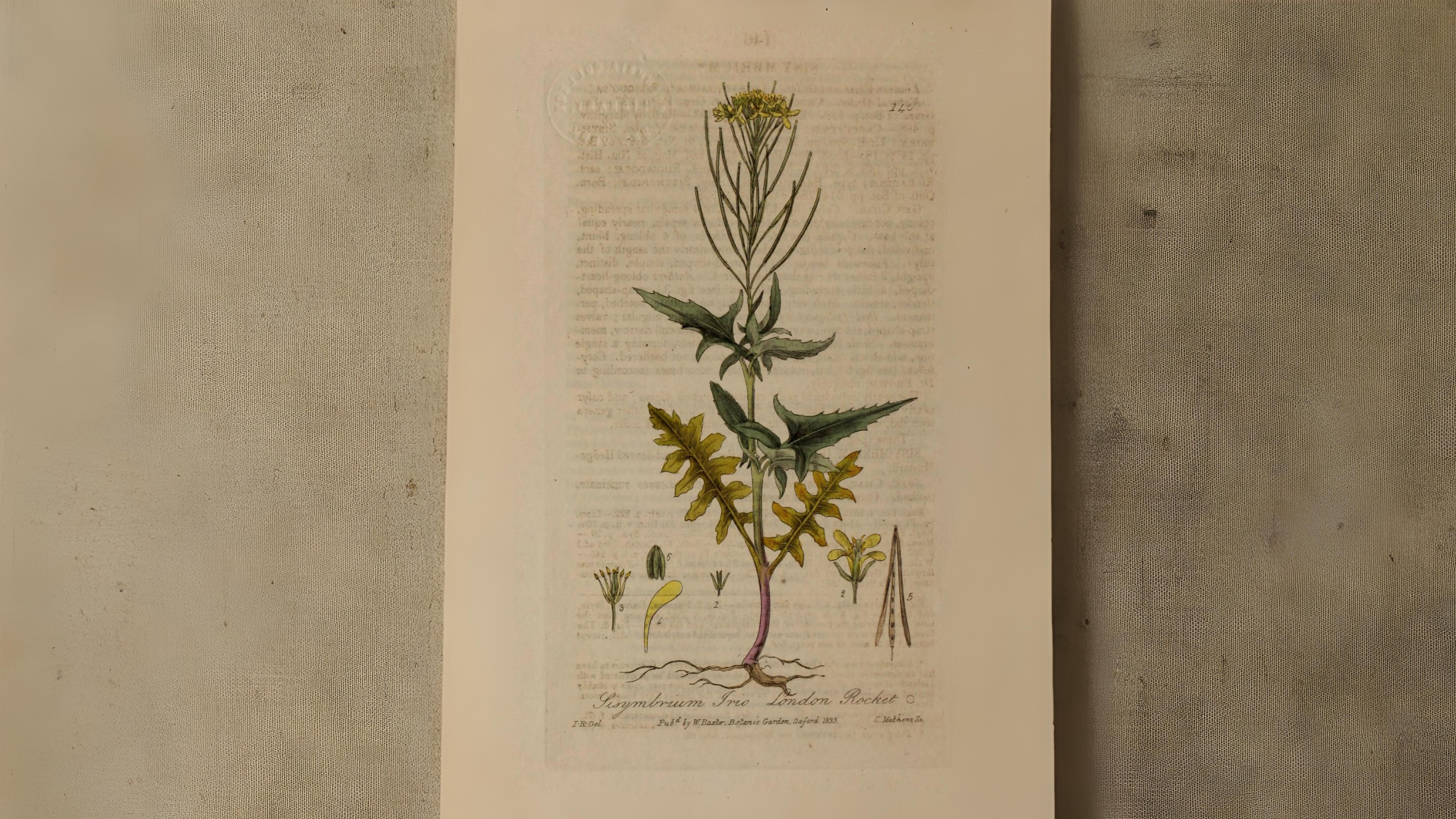

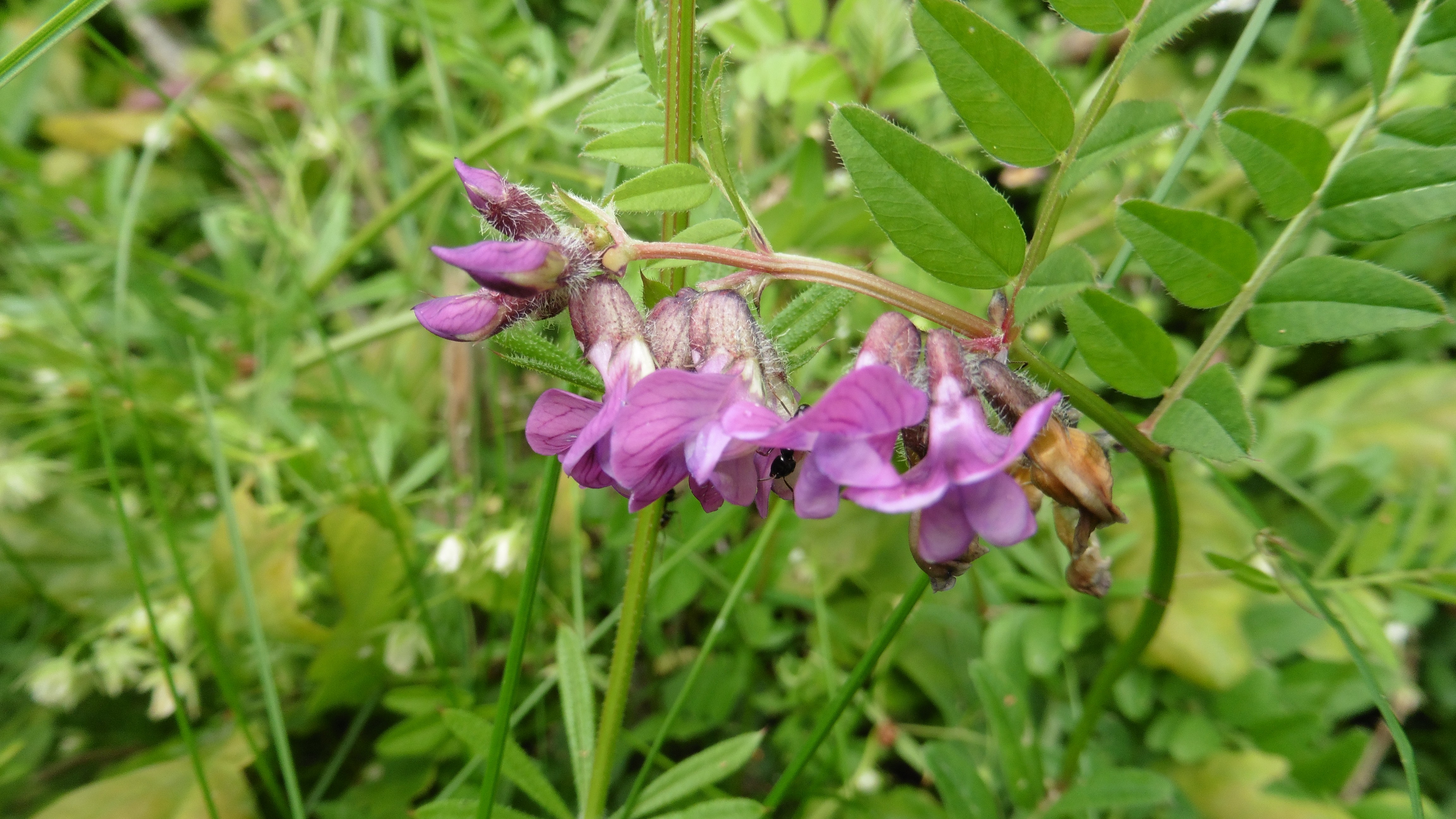

Bird’s foot trefoil Lotus corniculatus is the most noticed of all the trefoils, with its eggs and bacon colours. Hop trefoil Trifolium campestre and lesser hop trefoil T. dubium both have small, pale yellow hop-like flowers.
